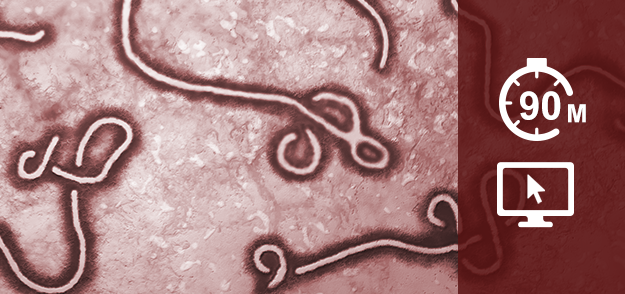
An introduction to biosecurity as it relates to biosafety in facilities handling pathogens and toxins.
Audience: Laboratory personnel, biosafety professionals
Resource Type: E-Learning
Duration: 45 minutes
This course is also available in Portuguese, Spanish, and Arabic.
Update: June 2023

Policies and procedures for security and biosecurity in licenced facilities to manage biosafety.
Audience: Laboratory personnel, biosafety professionals
Resource Type: E-Learning
Duration: 30 minutes
Update: March 2023

Conduct experiments with pathogens responsibly to address potential risks and benefits for unexpected situations.
Audience: Laboratory personnel, biosafety professionals
Resource Type: E-Learning
Duration: 90minutes
Update: July 2023

Understand indicators of inside and outside threats to information and knowledge related to biological research and perform mitigation strategies.
Audience: Individuals who handle and store pathogens and toxins in controlled environments
Resource Type: E-Learning
Duration: 75 minutes
Update: March 2024